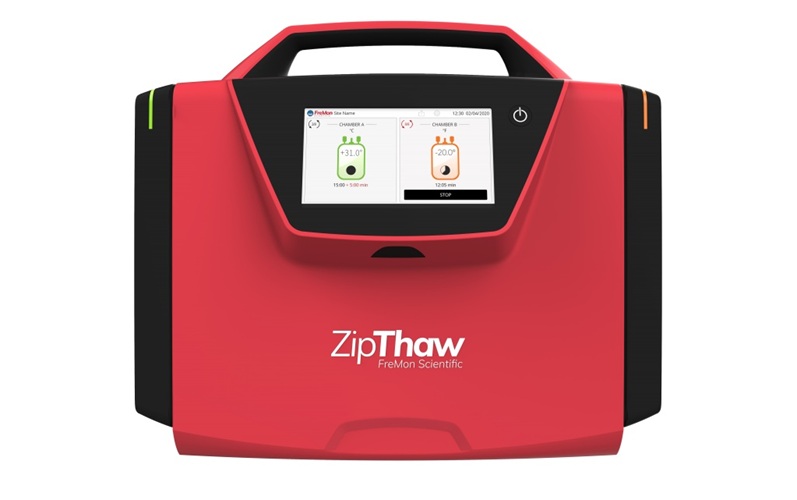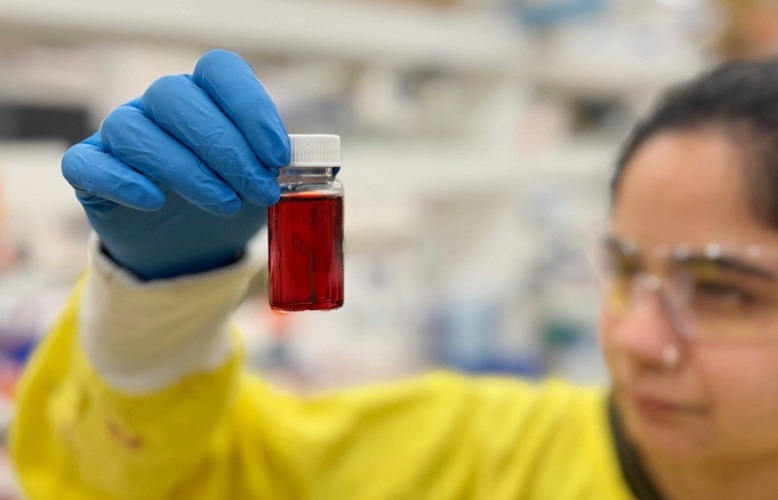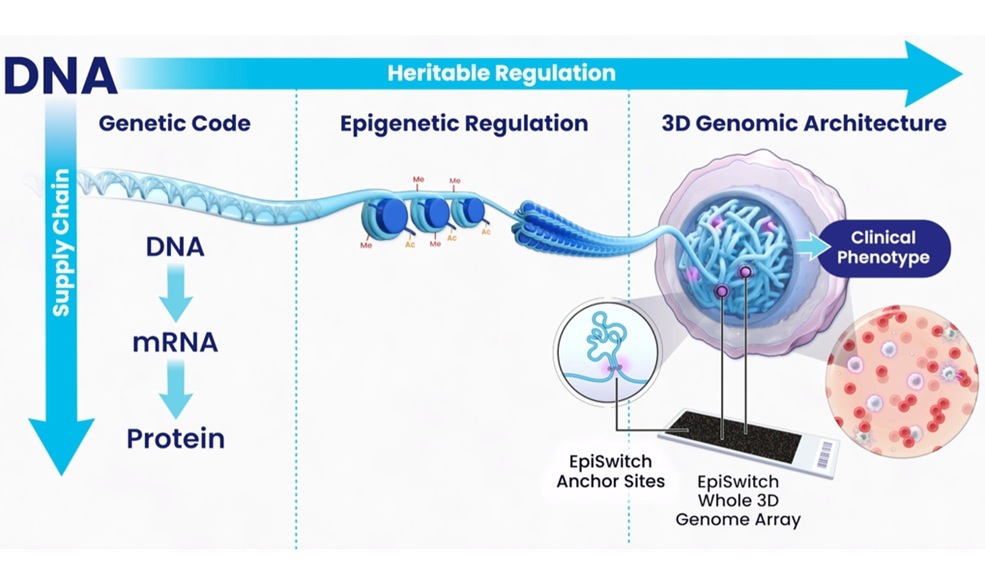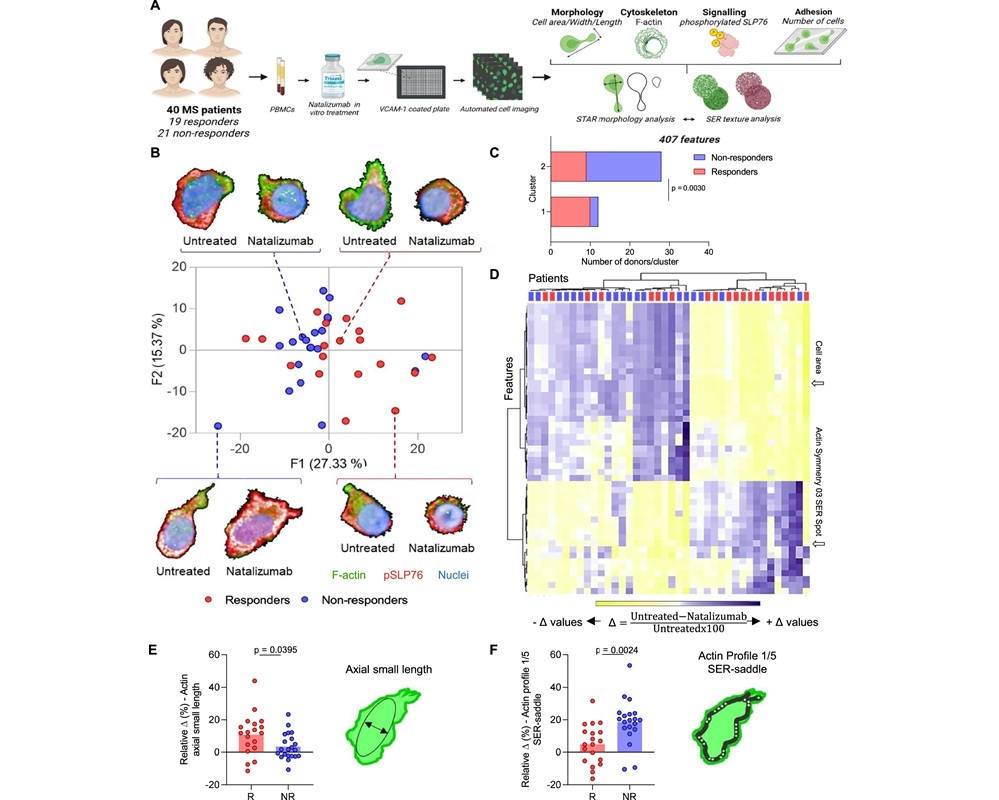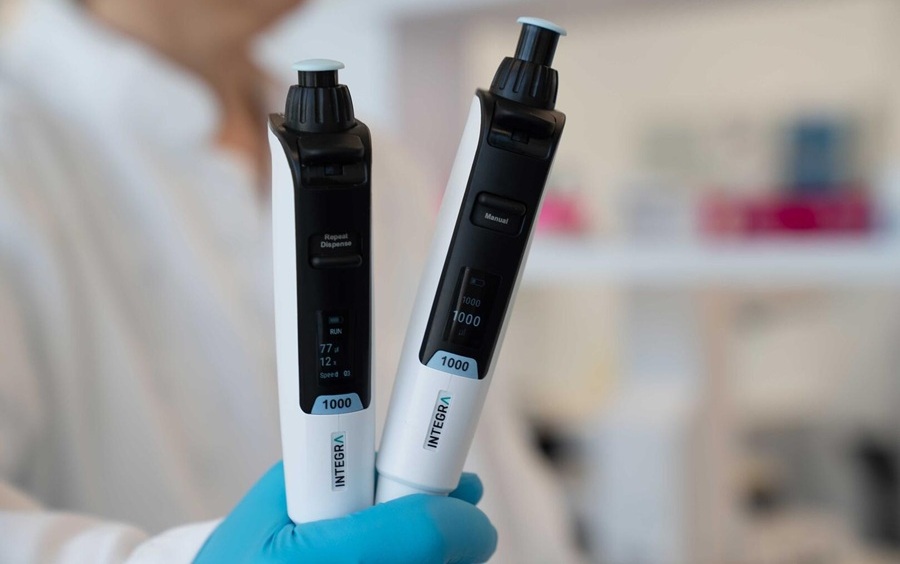Primary Graft Failure Identified by Early Chimerism Following DCBU Transplantation
|
By LabMedica International staff writers Posted on 14 Apr 2022 |
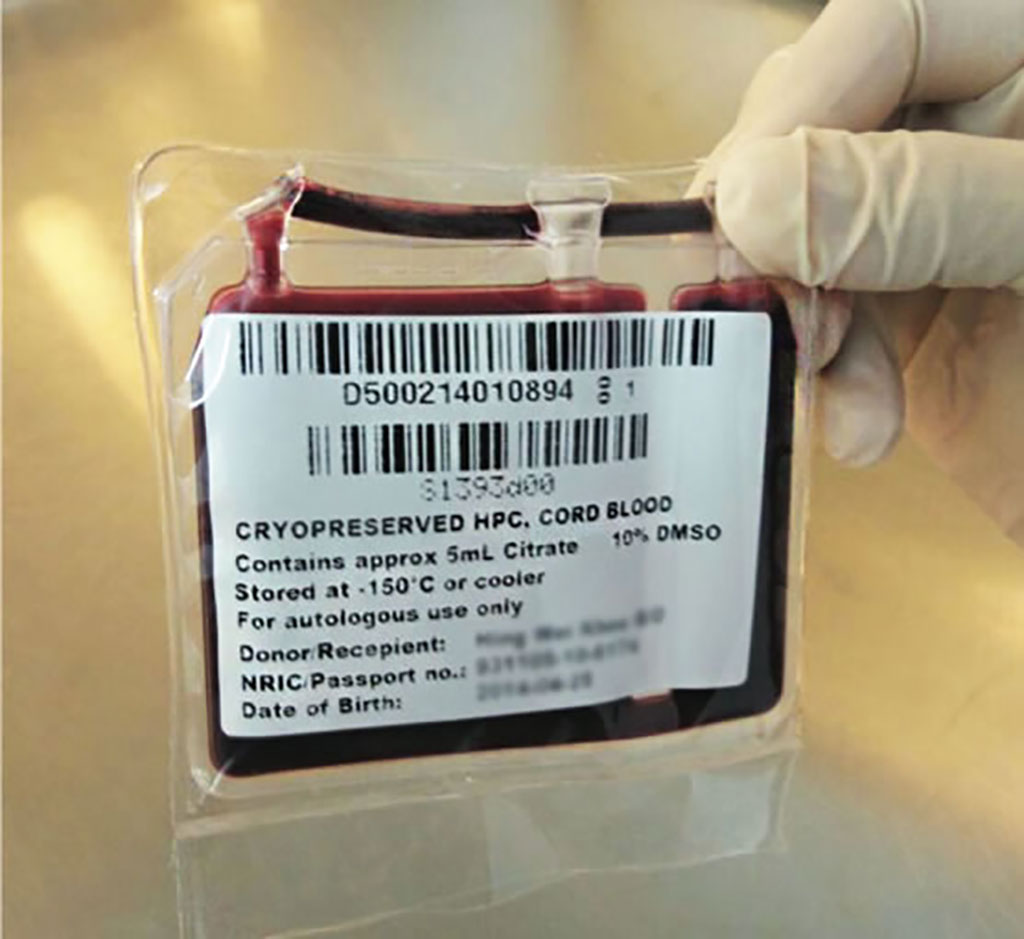
Umbilical cord blood transplantation (UCBT) has increased access to potentially curative therapy for patients with life-threatening disorders of the bone marrow and immune system. The introduction of reduced intensity conditioning (RIC) regimens and double umbilical cord unit infusions (DUCBT) has broadened the applicability of UCBT to frailer or larger recipients.
This procedure has led to potentially curative allogeneic transplantation being accessed by thousands of patients with diseases of the bone marrow and immune system who would otherwise have been precluded for lack of a suitably HLA matched sibling or adult volunteer unrelated donor. The kinetics of chimerism after RIC DUCBT and their clinical utility are poorly understood.
Hematologists at the University College London Hospital's NHS Foundation Trust (London, UK) and their colleagues recruited 58 patients with a median age of 52 years, with overall and progression-free survivals of 59% and 52%, respectively, at two years. Non-relapse mortality was 4% at day 100, and the relapse rate was 31% at one year. Peripheral blood lineage-specific chimerism was feasible from day 7 after transplant onward.
Lineage-specific chimerism studies (peripheral blood mononuclear cells [PBMCs], B cells, T cells, and granulocytes) were performed according to local laboratory procedures on 5 to 10 mL EDTA peripheral blood samples on days 7, 14, 21, 28, 35, 60, and 100, 6 months, and 1 and 2 years to determine the relative contribution of donor and recipient to overall hematopoiesis. Complete donor chimerism was defined as marrow reconstitution of at least 90% donor origin.
The scientists reported that five patterns of chimerism were observed including (1) complete single unit dominance (39 patients), (2) sustained donor-donor mixed chimerism (three patients), (3) sustained donor-recipient mixed chimerism (five patients), (4) dominance reversion (one patient), and (5) primary graft failure (four patients). The RIC CBT trial enabled adult patients with high-risk hematologic malignancies to safely access UCBT in the UK and provided novel insights into the kinetics of donor and recipient chimerism after RIC DUCBT that are clinically relevant. Of the 21 patients who relapsed overall, 15 had stable chimerism before relapse, including 11 patients with acute leukemia, two with Hodgkin lymphoma, one with follicular lymphoma, and one with multiple myeloma.
The authors concluded that in 81% of patients achieving sustained donor engraftment in their study, a single UCB became the dominant contributor to hematopoiesis with eradication of the second UCB unit and residual recipient bone marrow, usually within the first 35 days after transplant. The study provided novel insights into the kinetics of donor and recipient chimerism after RIC DUCBT that are clinically relevant. The study was published on April 12, 2022 in the journal Blood Advances.
Related Links:
University College London Hospital's NHS Foundation Trust
Latest Hematology News
- Viscoelastic Testing Could Improve Treatment of Maternal Hemorrhage
- Pioneering Model Measures Radiation Exposure in Blood for Precise Cancer Treatments
- Platelets Could Improve Early and Minimally Invasive Detection of Cancer
- Portable and Disposable Device Obtains Platelet-Rich Plasma Without Complex Equipment
- Disposable Cartridge-Based Test Delivers Rapid and Accurate CBC Results
- First Point-of-Care Heparin Monitoring Test Provides Results in Under 15 Minutes

- New Scoring System Predicts Risk of Developing Cancer from Common Blood Disorder
- Non-Invasive Prenatal Test for Fetal RhD Status Demonstrates 100% Accuracy
- WBC Count Could Predict Severity of COVID-19 Symptoms
- New Platelet Counting Technology to Help Labs Prevent Diagnosis Errors
- Streamlined Approach to Testing for Heparin-Induced Thrombocytopenia Improves Diagnostic Accuracy
- POC Hemostasis System Could Help Prevent Maternal Deaths
- New Test Assesses Oxygen Delivering Ability of Red Blood Cells by Measuring Their Shape
- Personalized CBC Testing Could Help Diagnose Early-Stage Diseases in Healthy Individuals
- Non-Invasive Test Solution Determines Fetal RhD Status from Maternal Plasma
- First-Of-Its-Kind Smartphone Technology Noninvasively Measures Blood Hemoglobin Levels at POC

Channels
Clinical Chemistry
view channel
VOCs Show Promise for Early Multi-Cancer Detection
Early cancer detection is critical to improving survival rates, but most current screening methods focus on individual cancer types and often involve invasive procedures. This makes it difficult to identify... Read more
Portable Raman Spectroscopy Offers Cost-Effective Kidney Disease Diagnosis at POC
Kidney disease is typically diagnosed through blood or urine tests, often when patients present with symptoms such as blood in urine, shortness of breath, or weight loss. While these tests are common,... Read moreMolecular Diagnostics
view channel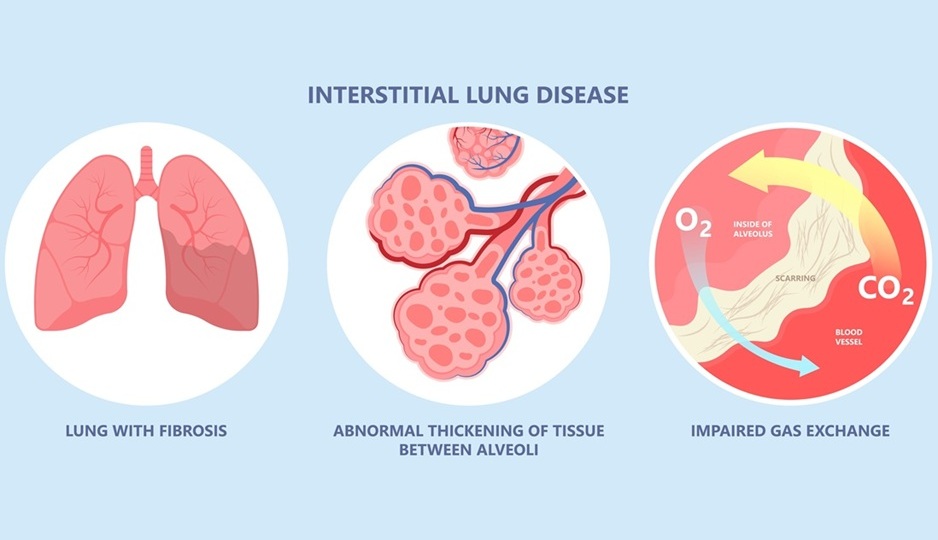
Interstitial Lung Disease Test Could Identify Patients Before Symptoms Appear
Interstitial lung disease (ILD) is a group of chronic respiratory disorders that cause inflammation and scarring of lung tissue, often leading to irreversible damage and the need for lung transplants.... Read more
Genomic-First Approach Identifies Rare Genetic Disorders Earlier
Rare genetic disorders (RGDs) affect more than 24 million people in the US, yet many cases remain undiagnosed due to the limitations of traditional testing methods. Current diagnosis typically follows... Read moreImmunology
view channel
Blood Test Tracks Treatment Resistance in High-Grade Serous Ovarian Cancer
High-grade serous ovarian cancer (HGSOC) is often diagnosed at an advanced stage because it spreads microscopically throughout the abdomen, and although initial surgery and chemotherapy can work, most... Read more
Luminescent Probe Measures Immune Cell Activity in Real Time
The human immune system plays a vital role in defending against disease, but its activity must be precisely monitored to ensure effective treatment in cancer therapy, autoimmune disorders, and organ transplants.... Read more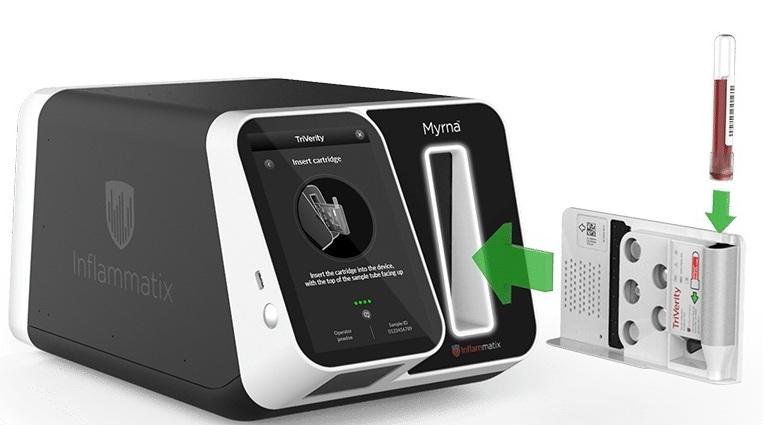
Blood-Based Immune Cell Signatures Could Guide Treatment Decisions for Critically Ill Patients
When a patient enters the emergency department in critical condition, clinicians must rapidly decide whether the patient has an infection, whether it is bacterial or viral, and whether immediate treatment... Read moreMicrobiology
view channel
Fast Noninvasive Bedside Test Uses Sugar Fingerprint to Detect Fungal Infections
Candida bloodstream infections are a growing global health threat, causing an estimated 6 million cases and 3.8 million deaths annually. Hospitals are particularly vulnerable, as weakened patients after... Read more
Rapid Sepsis Diagnostic Device to Enable Personalized Critical Care for ICU Patients
Sepsis is a life-threatening condition that occurs when the body’s response to infection spirals out of control, damaging organs and leading to critical illness. Patients often arrive at intensive care... Read morePathology
view channelNew Imaging Tech to Improve Diagnosis and Treatment of Skin Cancers
Skin cancer is the most common malignancy worldwide, and accurately assessing tumor invasion or treatment response remains a major clinical challenge. Current imaging methods, such as confocal microscopy... Read more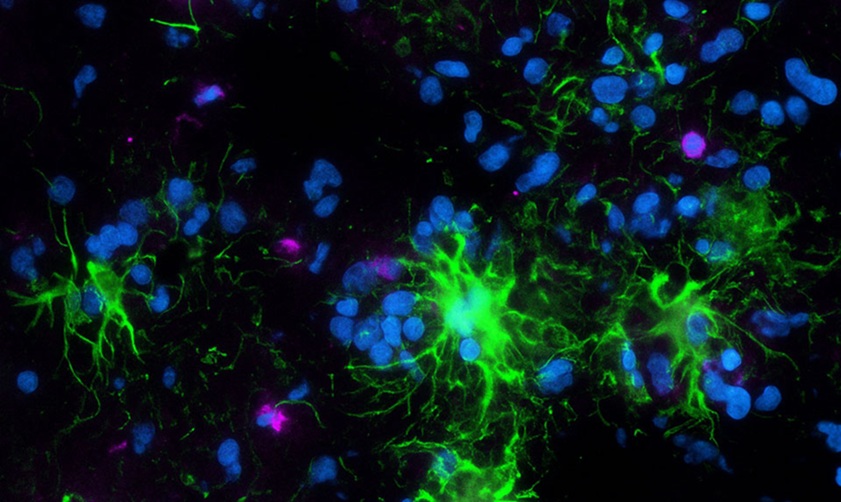
Serially Testing Brain Tumor Samples Reveals Treatment Response in Glioblastoma Patients
Glioblastoma (GBM) is the most aggressive form of brain cancer, known for rapid growth, recurrence, and resistance to treatment. Understanding how tumors respond to therapy remains challenging since imaging... Read more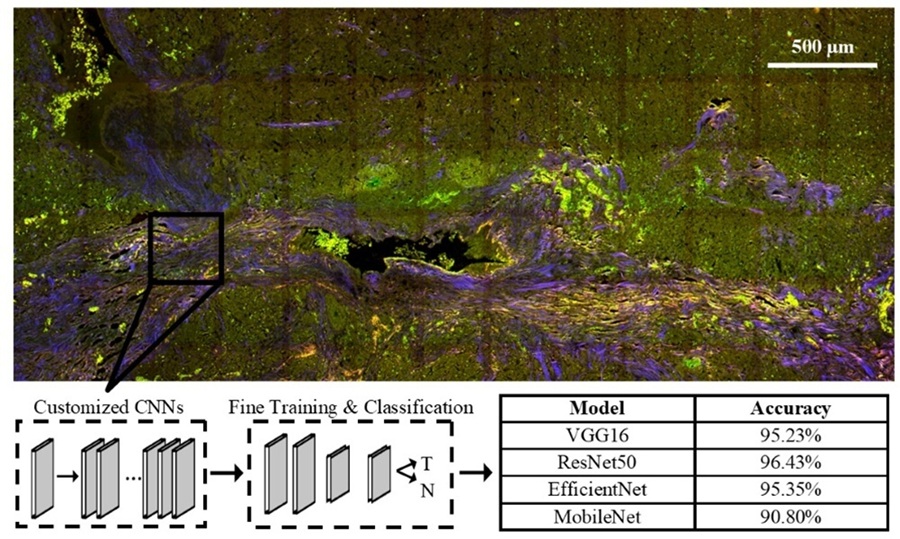
High-Accuracy Tumor Detection Method Offers Real-Time Surgical Guidance
Pancreatic neuroendocrine neoplasms (PNENs) are rare cancers that affect hormone-producing cells in the pancreas. Although uncommon, their incidence has been increasing, and surgery remains the only curative option.... Read moreTechnology
view channel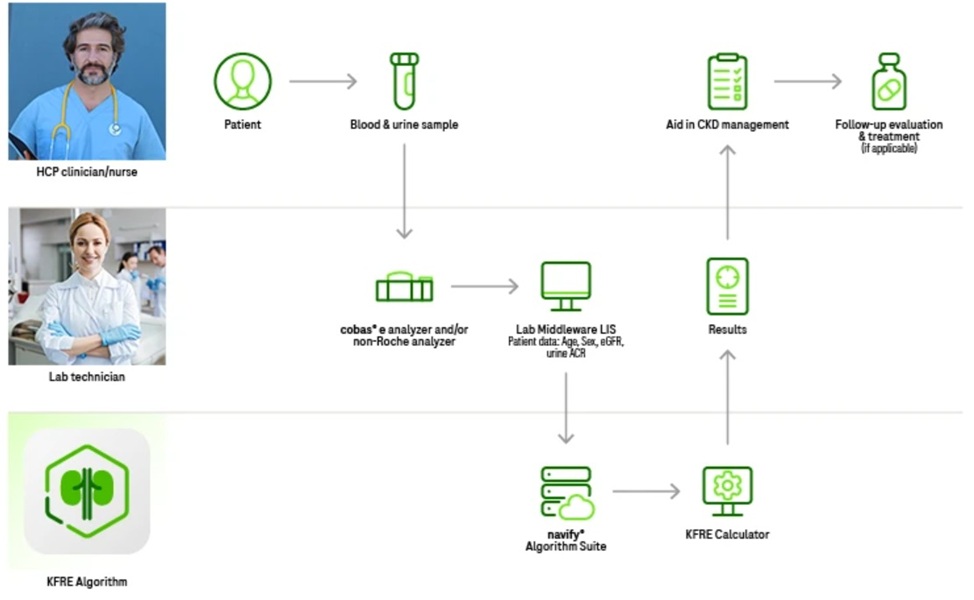
AI Algorithm Assesses Progressive Decline in Kidney Function
Chronic kidney disease (CKD) affects more than 700 million people worldwide and remains a major global health challenge. The condition often progresses silently, and many patients remain undiagnosed until... Read more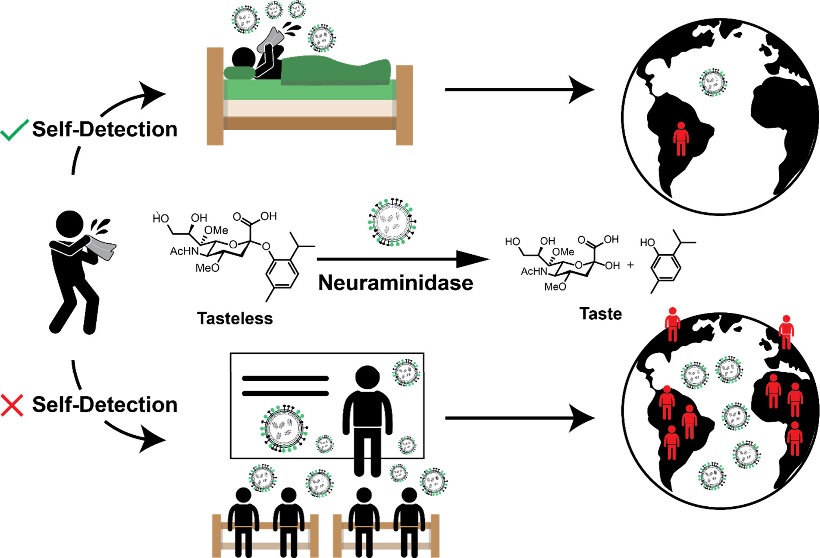
Taste-Based Influenza Test Could Replace Nasal Swabs with Chewing Gum
Influenza is one of the most dangerous infectious diseases worldwide, claiming around half a million lives each year. What makes it particularly insidious is that flu viruses are contagious even before... Read more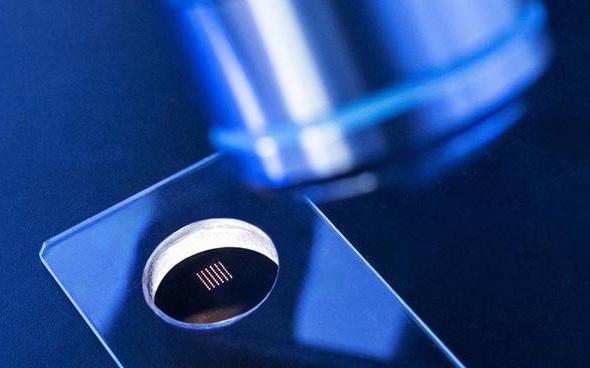
3D Micro-Printed Sensors to Advance On-Chip Biosensing for Early Disease Detection
Early-stage disease diagnosis depends on the ability to detect biomarkers with exceptional sensitivity and precision. However, traditional biosensing technologies struggle with achieving this at the micro-scale,... Read moreIndustry
view channel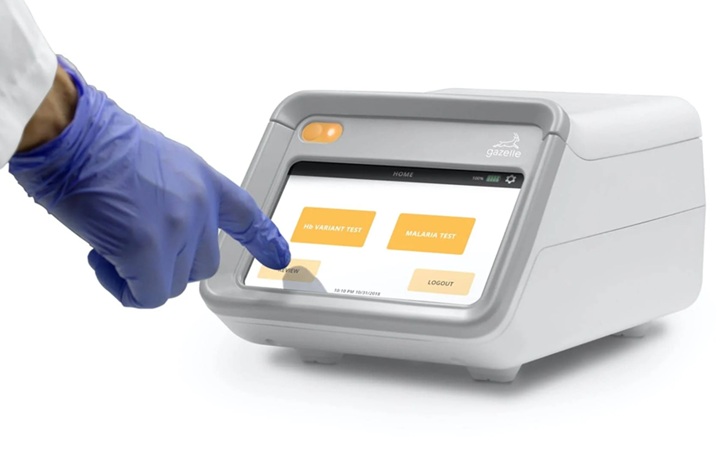
Terumo BCT and Hemex Health Collaborate to Improve Access to Testing for Hemoglobin Disorders
Millions of people worldwide living with sickle cell disease and other hemoglobin disorders experience delayed diagnosis and limited access to effective care, particularly in regions where testing is scarce.... Read more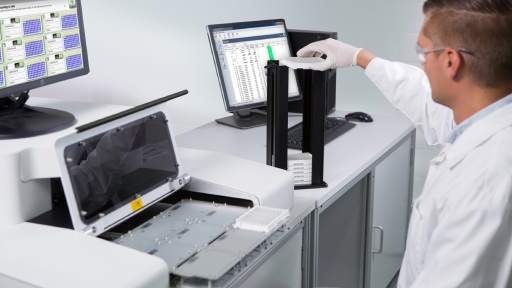
Revvity and Sanofi Collaborate on Program to Revolutionize Early Detection of Type 1 Diabetes
Type 1 diabetes (T1D) is a lifelong autoimmune condition in which the immune system destroys the pancreas’s insulin-producing beta cells, leading to dependence on insulin therapy. Early detection is critical... Read more